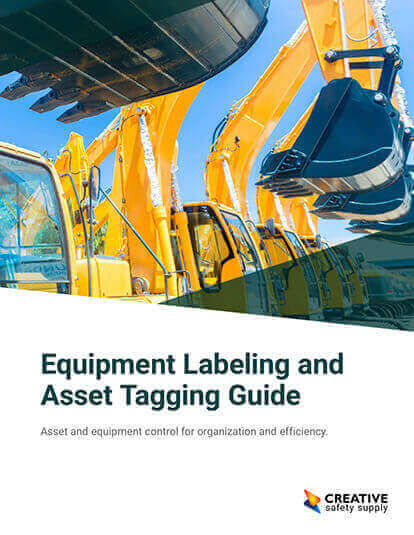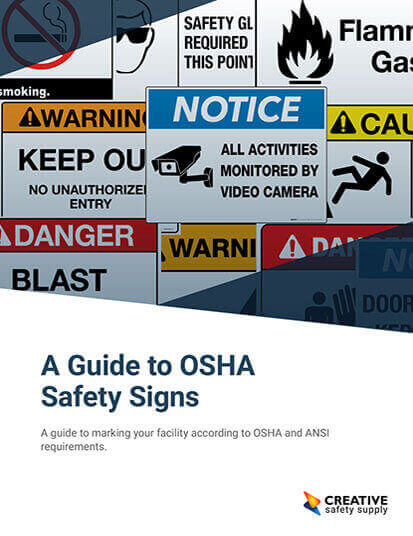
EOT stands for Electric Overhead Traveling, which is used to reference this specific type of crane. EOT cranes are also known as bridge cranes. They are designed to be able to lift and move heavy objects in specific areas. An EOT is typically going to have parallel runways that travel along some type of bridge hanging over a gap.
Inside facilities, for example, you will often see an EOT that is able to travel back and forth across a large steel beam. This beam may be spanning two walls, or it could also be built as a stand along structure with its own support. While most EOTs are designed to be permanent structures that are used to move items during manufacturing, there are also some EOT structures that can be packed up and moved to other locations based on need.
EOT cranes have been in use for generations and are a great way to be able to move and position large objects in the area below them. There are multiple different types of EOT cranes including single girder and double girder options. The single girder options have lower weight limits than the double, but they are also less expensive and easier to maintain in most cases. Choosing the right type of EOT for a given situation is important for ensuring safety and effectiveness.
Another thing that sets EOT cranes apart from many other types of cranes is the fact that they operate using electricity rather than hydraulics or other mechanical systems. EOT cranes are one of the most commonly used types of cranes in many different manufacturing industries. Specifically, they can be seen in use in many different auto manufacturing facilities, marine manufacturing facilities, and much more. While they do have their limitations, understanding what an EOT is and where it can be used will help determine if they are the right solution for a given situation.
Similar Glossary Terms
- Organizational Structure
- Karakuri
- PSI
- Equipment Operator
- Facility Condition Assessment
- Flashover
- Anchor Point
- GMP
- IDLH


